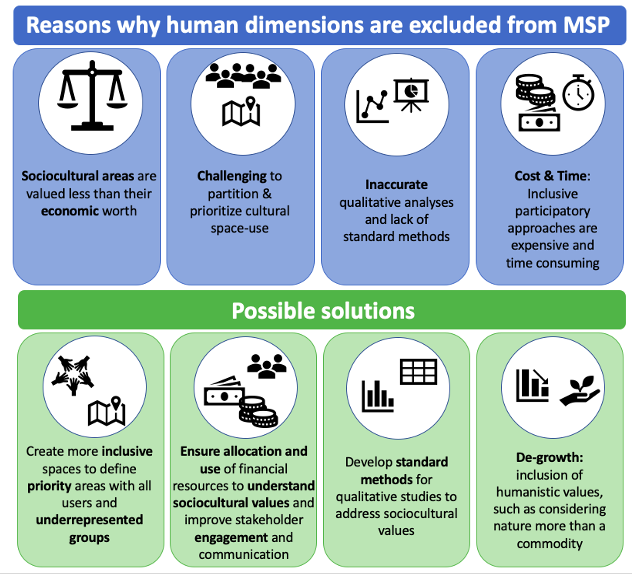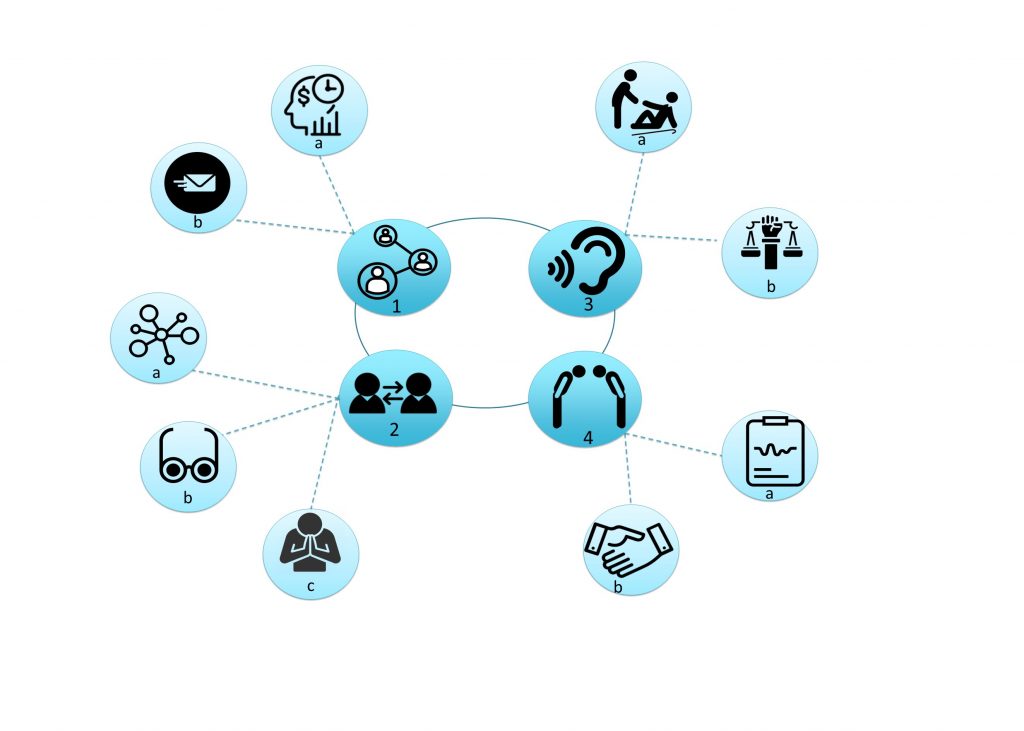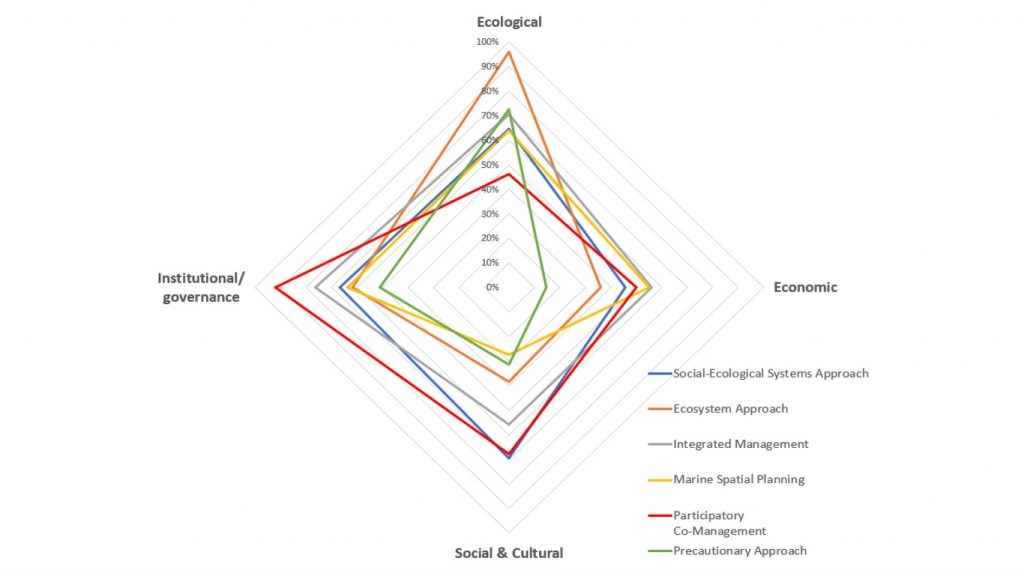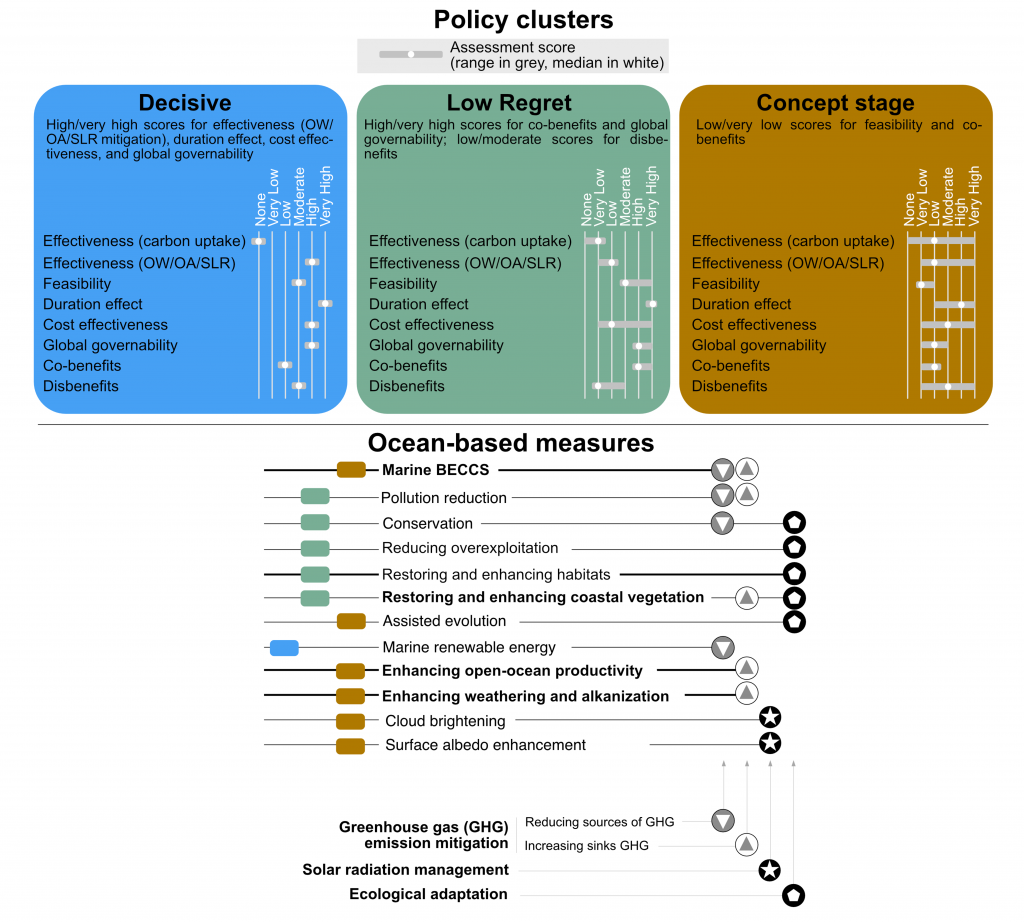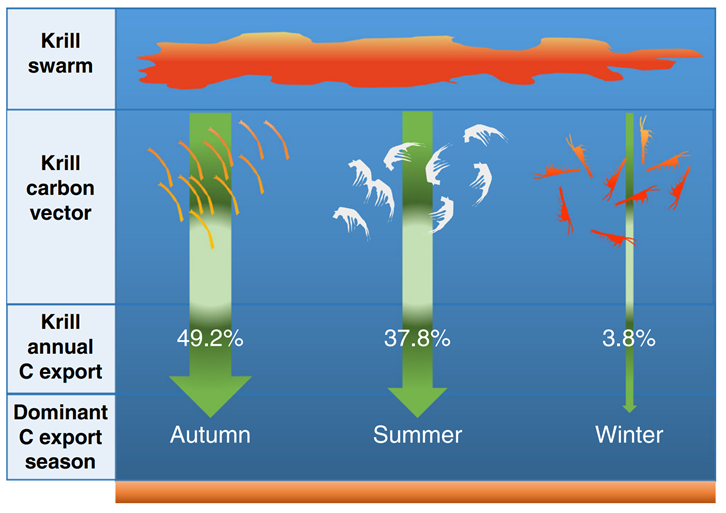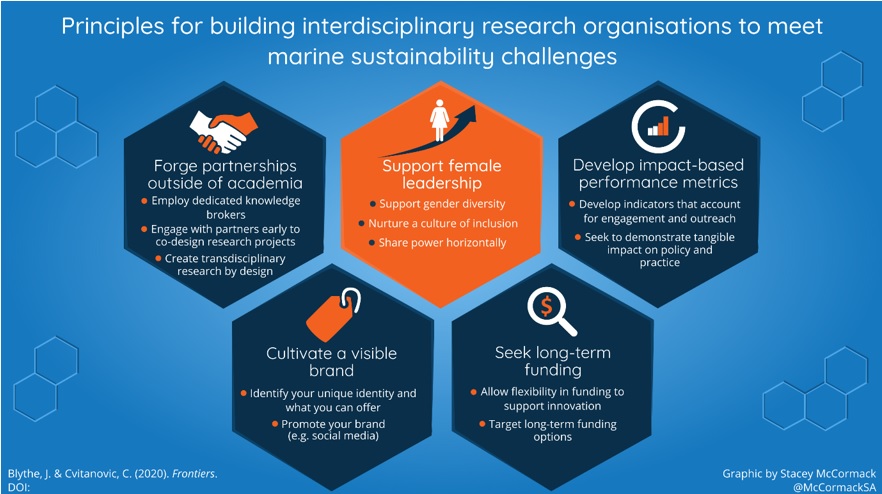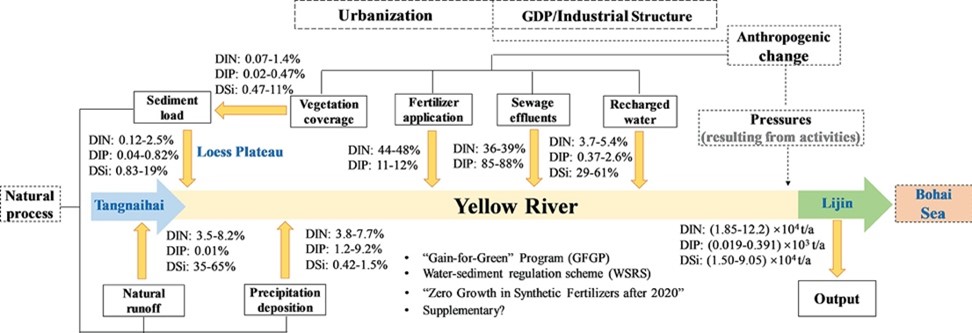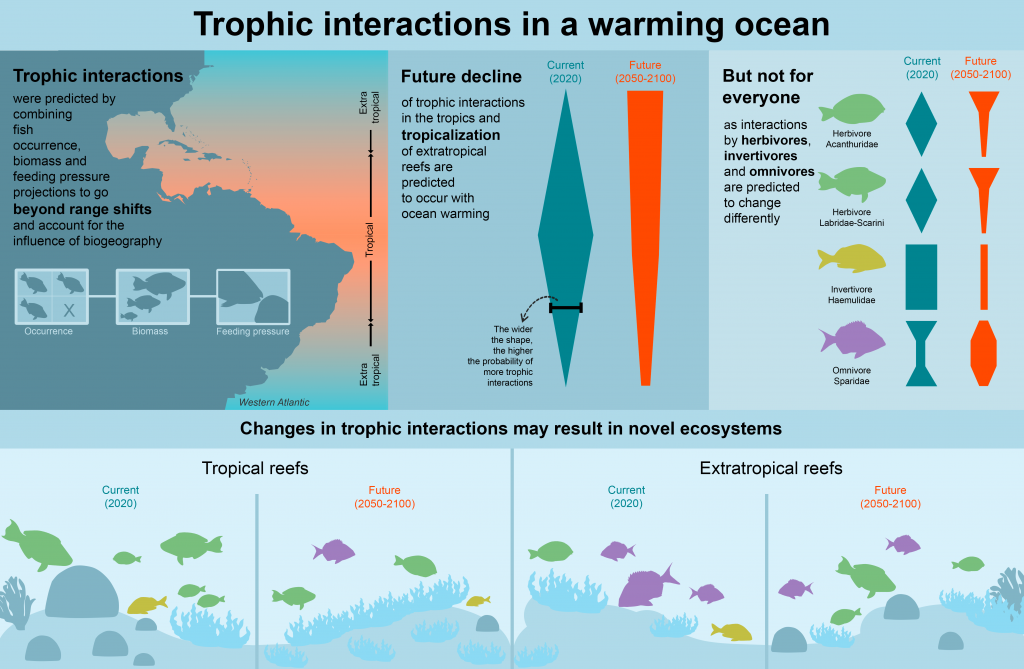The missing layers: integrating sociocultural values into Marine Spatial Planning
Authors: Maria Grazia Pennino, Stephanie Brodie, André Frainer, Priscila Lopes, Jon Lopez, Kelly Ortega-Cisneros, Samiya Selim and Nataşa Văidianu Although Marine Spatial Planning (MSP) is a relatively new approach to ocean management, there is general consensus that it should to be implemented worldwide. Ideally, MSP should be a public process that considers human activities spatio-temporally in…
